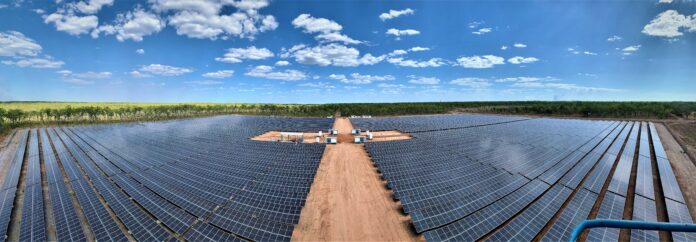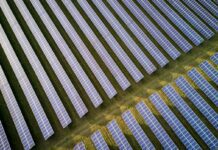
The Australian Government will invest $64 million in the Defence Renewable Energy and Energy Security Program.
The Program will provide solar energy generation and battery storage systems at ten Australian Defence sites.
Under the program, sixty megawatts of solar energy, enough to power approximately 15,000 houses per year, and 25-megawatt hours of battery energy storage are planned for construction and delivery.
Assistant Minister for Defence Matt Thistlethwaite MP stated that works will commence in various states and territories and continue until 2027-28.
“I am pleased to announce a significant investment in the Defence Renewable Energy and Energy Security Program, which marks a firm commitment to sustainable environmental management in support of Defence capability,” Minister Thistlethwaite said.
According to Minister Thistlethwaite, the investment relieves strain on local energy infrastructure by making Defence facilities more self-sufficient. Minister Thistlethwait added that because renewables are the least expensive energy, these modifications should lower energy prices while lowering greenhouse gas emissions.
“More investment in renewables helps to deliver Defence savings on energy costs so that more can be invested in capability into the future,” the Minister stated.
The investment builds on previous stages, which have already resulted in annual savings of roughly $380,000 and a reduction in greenhouse gas emissions of 1,793 tonnes.
The Federal Government said the additional commitment would see two large-scale renewable energy projects completed at the Northern Territory‘s Robertson Barracks and South Australia‘s Edinburgh Defence Precinct.
Further projects will improve base resilience and reduce reliance on fuel supply chains for backup power generation at:
- RAAF Bases Darwin and Tindal, Larrakeyah Barracks, and Harts Range in the Northern Territory;
- RAAF Bases Curtin and Learmonth and the Harold E. Holt Naval Communication Station in Western Australia; and
- Woomera Range Complex in South Australia.
Design work on a solar system at the Russell Headquarters site in the ACT will also begin.
According to Minister Thistlethwaite, program work delivers beneficial environmental and economic advantages for local communities.
“The program will support jobs and small businesses in regional communities through delivery, preparation and installation and maintenance as we anticipate their participation in the preparation and delivery of program works,” Minister Thistlethwaite said.



















